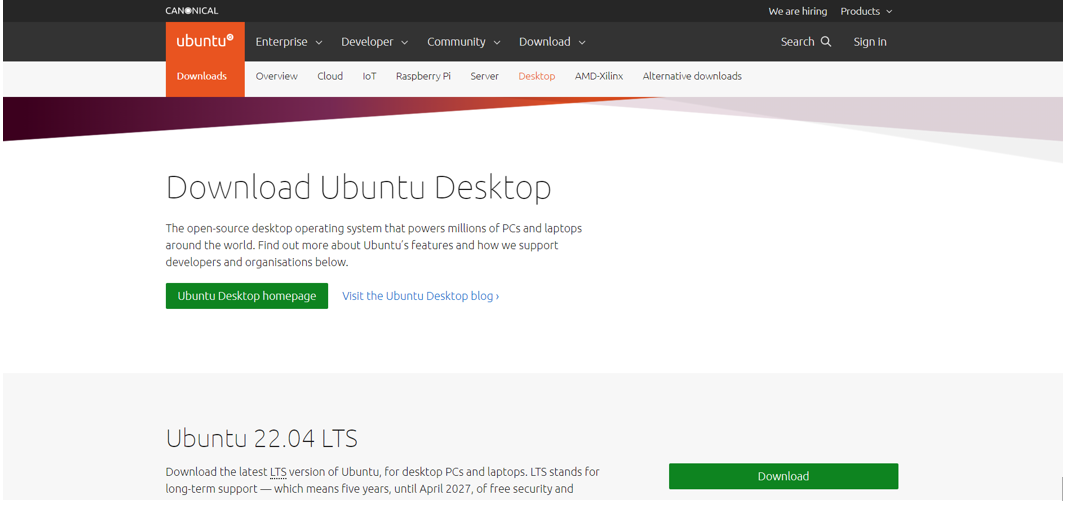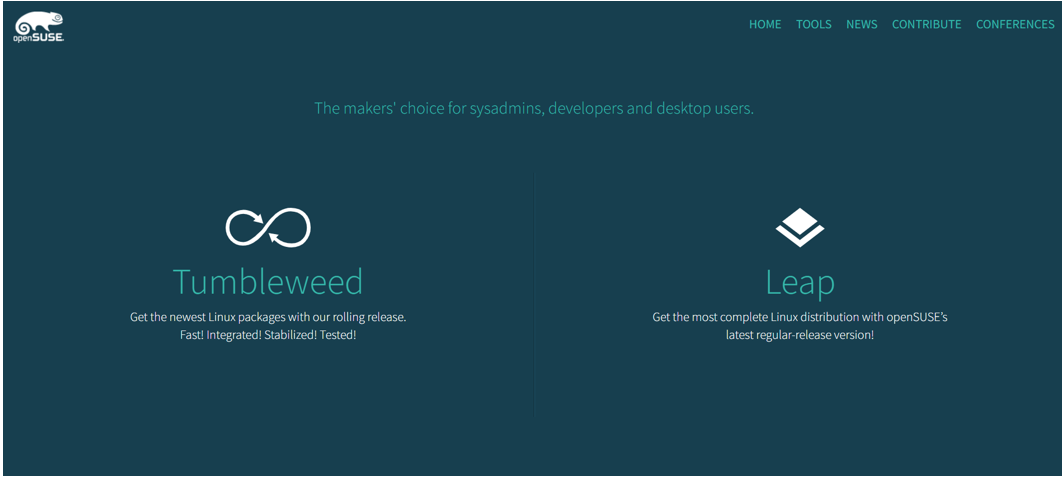“In today’s day and age, we can all agree that “data is king”. About 2.5 quintillion (18 zeros) bytes of data are being generated daily, which various industries use for their benefit.”
Different industries use the data in different ways. However, all of them have the same goal: to understand their consumers better and produce products they believe would sell the most.
The process of evaluating data using modern tools and techniques in finding patterns and extracting useful information from it is called “data science” and the people who carry out these tasks are known as “data scientists”.
After finding patterns in the data, data scientists can make predictive Machine Learning models that can help the industries modify their marketing plans and make well-informed business decisions. The overall effect? The business grows, and the customers are satisfied.
The importance of data science in today’s world can’t be understated. Many resources are invested in data extraction, warehousing, processing, and analyzing. Therefore, choosing a computer system that can meet the required demands is also important. A supportive and compatible operating system can make a huge difference among other specifications.
There is a trend among data scientists and programmers to use or prefer Linux distributions over the generally popular operating systems such as Windows and Mac. There are multiple reasons behind this preference.
Firstly, the computational speed of Linux computers is better than that of Windows. 90 percent of the world’s supercomputers run on Linux. There is better hardware support with Linux systems as compared to Windows. There are multiple distributions and software choices available with Linux. Linux is also more flexible, free, and open-source.
As you may know and as stated above, many Linux distributions are available with different advantages. You are at the right place if you want to use Linux to perform your data science tasks and are wondering which Linux distribution would best suit you. We will look at the best Linux distro choices for your specific job.
Ubuntu
Ubuntu is one of the most popular and widely used Linux distributions available in the market today. Ubuntu comes in three versions, Desktop, Server, and Core which are specially designed for IoT. It was first released in 2004 and is based on the Debian infrastructure.
The reason behind the popularity of Ubuntu is that it is highly user-friendly; someone who is a complete novice in using Linux can easily get the hang of Ubuntu; it is also customizable, with multiple software and themes being available for Ubuntu.
When looking at the popularity among the programmers, we can see that Ubuntu is probably the most supportive operating system available right now. It provides ample support for all the emerging technologies and techniques related to artificial intelligence and machine learning with multiple libraries, examples, and tutorials provided by the operating system.
It also supports open-source software and frameworks such as Keras, PyTorch, Tensorflow, etc., and remains compatible with their latest releases. Moreover, the investment made by NVIDIA in CUDA on Linux aimed at making the most of the GPUs they were producing. Now, you can use GPUs with Ubuntu by adding them through the PCI slots or connecting them to your system using thunderbolt adaptors.
Therefore, Ubuntu users can add hardware with greater data processing capabilities and speed to develop cheaper and smaller systems yet pack a great punch on the processing side of things.
Another feature that is available with Ubuntu is the Kubeflow software. Kubeflow was developed by the joint efforts of Google and Ubuntu. The advantage of using Kubeflow is that it has all the latest tools and AI frameworks available from the start. This reduces the effort and time taken in adding repositories and libraries, thus making it easier to adopt new machine learning tools easier.
Canonical, the developer of Ubuntu, also has deals with all the largest computer hardware vendors around the world. So, if a person chooses to get a system with Ubuntu, the system comes with preloaded Ubuntu-specific features.
Other reasons behind the popularity of Ubuntu are that it is highly secure; it gets consistent updates, but you can use applications across all the supportive versions of Ubuntu. There is also the added advantage of having Long-Term Support (LTS) releases every five years. Users get security updates, hardware support, and bug fixes.
Fedora
Fedora is another popular Linux operating system among programmers and data scientists. It was released to provide free access to software across the world. The whole project has evolved into a community that aims to provide software openness and software solutions throughout its large community of users.
There is the added advantage of the Fedora Hub Network. It connects its users to hundreds of people across its network who are working on a specific scientific project. You can keep track of the data, the conversations, latest advancements, and you can also share your data and findings.
OpenSUSE
OpenSUSE, pronounced as open source, is an operating system that provides all the features required to run a large data warehouse. It is suitable for data scientists to perform tasks such as data mining, extraction, editing, and saving with high processing speed. It also has a user-friendly interface and is easy to use and understand.
It functions similar to SQL servers, but most of its features can be accessed as they are open source. This helps data scientists to access and share different databases easily and efficiently.
Conclusion
Although there are several choices available with Linux, there is no doubt that Ubuntu is the distro that stands out the most. The fact that it’s popular and the most used distro also speaks volumes. Many data scientists and programmers recommend Ubuntu and think of it as the best suited for the tasks they want to perform.



